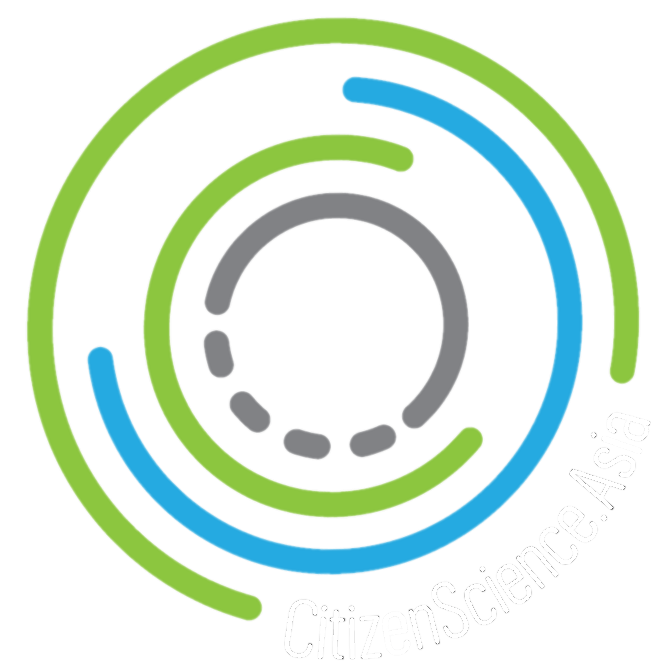By Azby Brown, Lead Researcher, SAFECAST
Safecast is a non-ideological, non-profit, volunteer-based organization created in the days immediately following the start of the Fukushima disaster in March 11, 2011. Initially the group sought to aggregate available radiation data for Japan and make it publicly available via the web and social media, but soon realized that data of the desired consistency, reliability, granularity, and geographic scope was unavailable, and that we would need to gather it ourselves. This led to a rapidly growing crowdsourced, citizen-science project that now includes data from over 100 countries around the world.

Until recently, radiation measurement of such a scope has presented high technical, financial, and political barriers to entry. Drawing on the expertise of experienced volunteer radiation specialists, and hardware and software designers, SAFECAST quickly began to field mobile detectors of its own design, which leveraged open-source software and hardware and new-generation DIY tools such as laser cutters and custom PCB fabrication to dramatically accelerate development and deployment time. SAFECAST simultaneously developed an information management and visualization system that allowed GPS-tagged radiation data points to be uploaded into a central database and displayed on an interactive web-based map.


SAFECAST’s radiation information system has seen the rapid deployment of increasingly refined GPS-enabled mobile radiation detector designs, called “bGeigies”, a web-based map, smartphone applications, and other devices and software, all developed by volunteers and made freely available through Creative Commons licenses. The bGeigie Nano is sold online. These efforts were leveraged to develop and deploy air-quality sensors as well. The radiation data gathered by SAFECAST volunteers in Japan and abroad currently exceeds 100 million data points, arguably the most extensive public data set of its kind. It was soon hailed as a technically competent, credible, and objective source of radiation information for Japan by specialists on both sides of the nuclear power debate.
SAFECAST was able to overcome official mistrust and presented overstretched local governments in Fukushima with a no-cost option to quickly survey their towns in detail, with the assistance of post office volunteers who attached bGeigie units to their delivery vehicles, gathering radiation survey data as they go about their normal rounds.

From the outset, encouraging participation in citizen-science data collection has been an important part of our mission. We hold regular workshops (e.g. this recent one with CitizenScience.Asia), lectures, and demonstrations in Japan and overseas to teach people how to build and use our bGeigie devices, and how to interpret radiation readings. We have been especially gratified that many volunteers we have taught in this way are soon began teaching others in their communities, passing on the skills and adding new nodes to the SAFECAST network.


The process we have been through since March, 2011, has been as much about learning how to assemble and manage a non-heirarchical, international team of designers, programmers, researchers, and media communicators as it is about measuring radiation and air quality data. It has proven very scalable, and organizationally flexible and resilient. For many of us, the experience has fed back into our “day jobs”, both raising our expectations about what is possible in the current environment and how quickly it can and should be done, and giving us an invaluable base of experience in getting this unprecedented effort up and running.
For More:
Safecast website: https://blog.safecast.org
Safecast online map: https://safecast.org/tilemap/
Buy your own bGeigie’s: https://shop.kithub.cc/products/safecast-bgeigie-nano
Brown A et al. Safecast: successful citizen-science for radiation measurement and communication after Fukushima. J Radiol Prot. 2016 6(2):S82-S101.
![]()
What is SAFECAST was originally published in The CitizenScience.Asia Journal on Medium, where people are continuing the conversation by highlighting and responding to this story.




